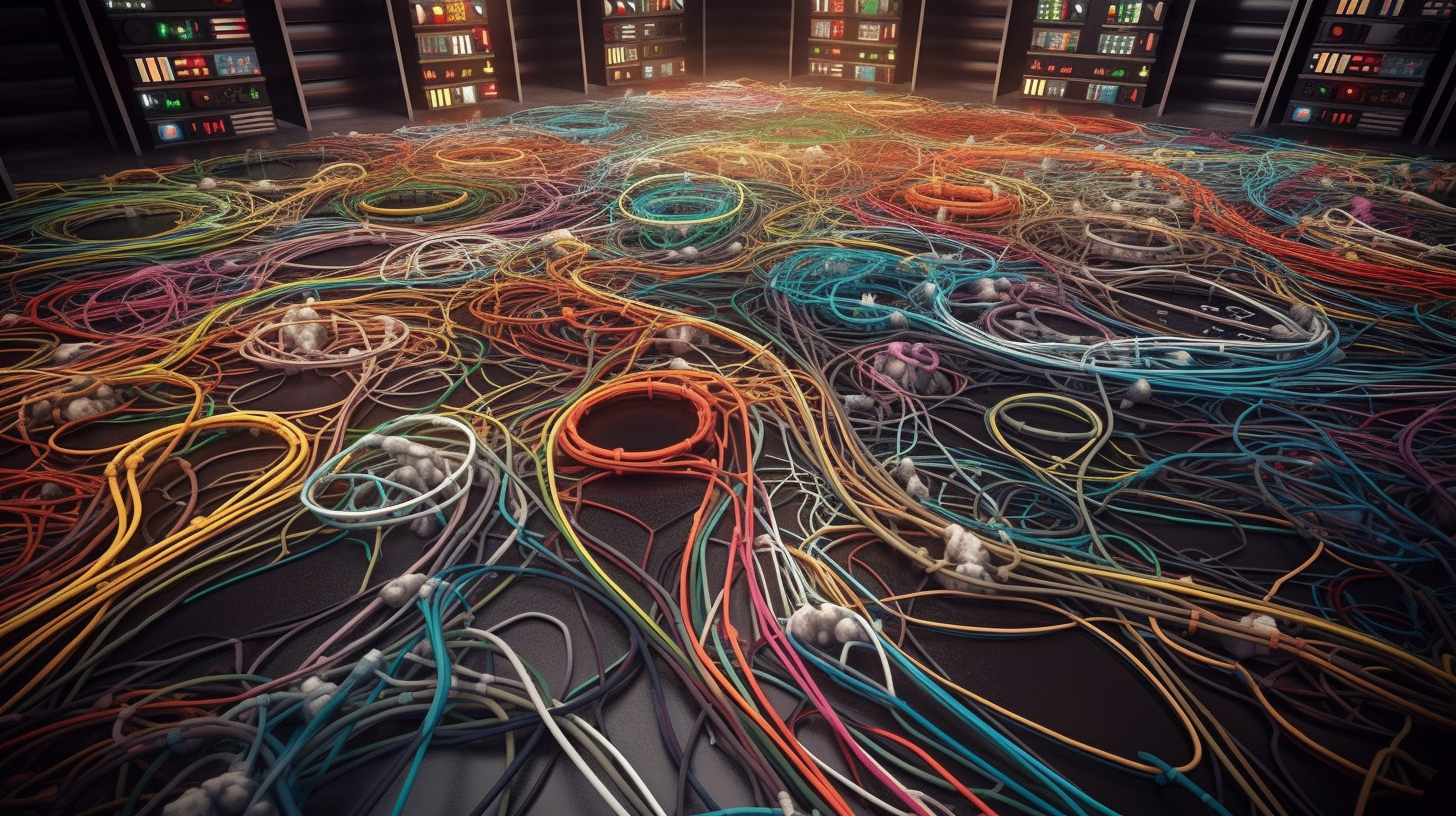Untangling the CompTIA Network+ (N10-008) Exam: A Complete Guide to Cables and Connectors

Come on, folks! Step right up and let's unravel the mysterious world of cables and connectors. First impressions might make this seem perplexing, but don’t let fear grab you! I'm here to take the lead and guide you out of this labyrinth. Once you get to the end of this post, you'll hold all the keys to the kingdom in the CompTIA Network+ (N10-008) cables and connectors department. Let’s dive right into it!
The Lowdown on Cables
Alright, to get the ball rolling, we're going to delve into the heart of the matter - cables. They might come off as ordinary strands of wired joy, but oh boy, they’ve got more under the hood than meets the eye! So, buckle up, and let's take this ride down Cables Lane.
First off, we've got your Ethernet Cable. A steadfast champ in the game, Ethernet cables, primarily CAT5, CAT5e, CAT6, and CAT6a, are used for wired networks. They're pretty much the bread and butter of your local area networks (LANs) – and internet connections. The difference between each category? Well, that's all about speed and total length without signal loss. The higher the category, the faster the speed, and the longer the run.
Then, we've got our Coaxial Cable – the old-timer on the block. It's been around since who knows when, but mainly, it's used for connecting your goggle box, I mean television. It's also used for long-distance telephone connections and internet access too.
Let's not forget the unsung hero, the Fiber Optics Cable. If quickness and minimal signal interference are your aims, then look no further. It opts for light signals over electrical ones, which accelerates the speed significantly. Naturally, it has a drawback - the cost, but then again, quality doesn’t come for free, right?
Lastly, we have the Serial Cable, a key player in short-distance communication and data transmission, especially between different devices. It's not as hip as before, true, but still reliable when needed. Trust me on this, it's better to have it lying around unused than to need it and not have it!
The Conundrum of Connectors
Now that we've put a pin in cables, let's change the course and talk about connectors. These little rascals hold just as much, if not more, importance. Connectors bridge the gap, quite literally, between your device and the network you aim to connect to.
Starting with the Ethernet Connectors, you've got your RJ45, used primarily for Ethernet networking. It's a little cracker and possibly the most used connector on the planet!
Joining the fray are Coaxial Connectors, BNC, and F-Type. The former is common in tech labs, while the latter is your standard for connecting coaxial to devices like your TV.
Fiber Connectors like SC, ST, and LC are commonly used in fiber optics to connect cable to equipment. They come in different shapes and sizes but all do the same job - keep those light signals flowing!
Last but not least, Serial Connectors, with DB-9 and DB-25 leading the pack. They’ve been used for years for simple data transmission, but nowadays, they're kind of like vintage toys – charming, but not often practical.
The Perfect Pair: Matching Cables and Connectors to Solutions
Finding the ideal cable-connector pair is akin to finding the perfect dance partner – you need to pick the one that grooves in rhythm with you. So, you need to mull over factors such as application, cost, speed, distance, among others. Ethernet cable and RJ45 connector combo? Perfect for affordable and efficient home networks. Coaxial cable with F-type connector? Your TV and internet say yes! Fiber Optic cable and SC connector? High-speed networking, here you come!
Aspiring tech wizards, by now, you should be brimming with nitty-gritty insights into the world of cables and connectors. Remember, practice makes perfect. Keep these nuggets of information close to your heart, and you'll ace that CompTIA Network+ (N10-008) exam with flying colours!
Wait, is that a standing ovation I hear? You're too kind! But truly, your success is my reward. Until next time, happy studying!